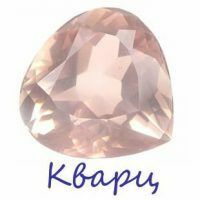
Quartz is the most common and at the same time most unusual mineral, which is represented by an incredible variety of the most diverse varieties, shapes and colors. It is considered an ornamental stone, but among the various types of quartz there are also semiprecious and even precious stones, because all known amethyst, aquamarine, agate, rock crystal, citrine, cat's eye and many other popular jewelry stones refer to quartz.
Description of the mineral
The origin of the name of this mineral has several versions. Thus, some scientists believe that the modern term "quartz" originated from the German word "quarz", which in turn originated from the Saxon word "querkluftertz", literally translated as "transverse veins".Another group of scientists insists that the term originated as a derivative of the Old Cornwall name of silica crystals - "cross-course-spor".
Quartz can be found in many metamorphic and magmatic rocks, including granites, gneisses, as well as in detrital sedimentary rocks, in marine and river sand.
By its nature, pure quartz is transparent and colorless, like water; it's not for nothing that the ancient peoples compared it with ice. But, connecting with other minerals and chemical elements, quartz can take the most unexpected shapes and color in a variety of colors, forming a huge group of minerals.
to contents ^Quartz varieties
Numerous varieties of quartz are divided into two types:
- Crystalline.
- Hidrokristallicheskie.
Crystalline varieties of quartz include:
- rock crystal - colorless, transparent quartz;
- hairworm - rock crystal, containing inclusions of fine needle crystals of other minerals( rutile, tourmaline, etc.);
- smoky quartz( rauchtopaz) - clear crystalline quartz from grayish smoky to brown;
- Morion - translucent or opaque black quartz;
- amethyst is the most valuable kind of all varieties of quartz( rock crystal), which belongs to precious stones. Most often there are amethysts of violet color, but there are stones of this kind and violet-pink, and lilac-red.
- citrine - quartz of golden or lemon-yellow color;
- pink quartz - a semiprecious stone of a gentle pink color;
- presem - a quartz of green color, due to the presence of small green fibers of actinolite or crystals of other minerals;
- cat's eye - quartz of white, pinkish, gray color with the effect of light;
- ametrin is a fairly rare variety of quartz, characterized by unallocated areas of yellow and purple-lilac.
The cryptocrystalline varieties of quartz are:
- chalcedony is a translucent, cryptocrystalline, fine-grained variety of quartz with hints from white to honey-yellow;
- agate - a kind of chalcedony with layered striped coloring;
- chrysolite - transparent quartz of yellow, pale green or bright green color;
- cornelian - quartz of pink or red shades;
- aventurine - a fragile and opaque variety of quartz yellowish, red or cherry blossom with beautiful flickering inclusions of iron mica and mica;
- sapphire - coarse-grained quartz of bluish color;
- onyx is a cryptocrystalline variety of brown quartz with white and black patterns alternating with red-brown, brown-yellow, honey, white or pinkish plane-parallel layers.
Chemical composition and physical properties of the stone
In its chemical composition, quartz is silicon dioxide. Its chemical formula is SiO2.It is a part of many minerals in the form of silicates and mixtures. The main varieties of quartz are due to the microscopic inclusions of other minerals, mainly iron oxides, the connection with which gives the quartz a variety of colors.
In appearance this mineral is colorless hexagonal crystals( crystals in the form of hexagonal pyramids), which have some piezoelectric properties.
Quartz crystals are quite solid and are capable of scratching glass, although they are inferior to diamonds and corundums. On the Mohs scale, the hardness of quartz is 7, and the density is 2.6 g / cm3.
Quartz is able to withstand very high temperatures, its melting point is + 1713 ° C.However, it dissolves readily in hydrofluoric acid and alkali and belongs to the group of glass-forming oxides.
to contents ^History of the stone
Quartz was discovered by mankind among the very first minerals. Thus, during the excavation of the sites of primitive people archaeologists found various tools, ornaments and weapons made of quartz.
Mention of this stone can be found in the works of ancient philosophers - the ancient Roman writer Pliny the Elder and the Greek Greek Theophrastus.
Admiring quartz, the ancient Greeks in ancient times called it "krustallos", which means "ice".In those days, both Greeks and Romans were sure that this amazingly pure mineral is an extraordinary ice created by the gods. This belief existed until the XIV century, when it was finally proved that rock crystal( one of the types of quartz) - a real stone that has nothing to do with ice.
Used rock crystal in Ancient Greece and Ancient Rome for making ornaments, seals, vases and bowls. They were covered with fine carvings and treated them with special love and care.
Surprised and admired by quartz( rock crystal) and from the peoples of India, Egypt and China. His processing required great patience and long efforts, but the skillful masters of these countries created unusually beautiful, pretentious and complex products from crystal: objects of everyday life and interior, jewelry, sculptures of deities and symbols of occult rites.
In the XI-XV centuries, beautiful products made of rock crystal and European masters were created. They especially appreciated the luxurious crystal cups, vases and glasses made by them. Often processed crystal and in the form of seals. Made from it and jewelry.
In the Middle Ages quartz was widely used for making church utensils: bowls, lamps, floor lamps. Products from it could be found in the royal treasuries of the rulers of different countries.
Since the 16th century, in various European countries like Italy, France and Germany, various crystal vessels have become especially popular. They were combined with chic gold frames, luxuriously decorated with diamonds, rubies and emeralds.
In Russia, the very first deposits of quartz( rock crystal) were discovered in the Urals only in the middle of the XVIII century. Russian masters used it for the manufacture of seals, as well as jewelry: brooches, rings, etc. Necklaces of faceted crystal beads made by the Ural masters were especially appreciated.
to the table of contents ^Quartz deposits
To date, quartz is one of the most abundant minerals, and its extraction has been carried out throughout the world for more than one century. Its deposits are greatest in Brazil, Australia, Africa, Madagascar, the USA and Sri Lanka. It is from here that the main supplies of varieties of quartz for the jewelry industry are conducted.
to the table of contents ^The healing properties of the mineral
Naturally, the healing properties of this mineral depend on its variety. However, there are general healing properties for the whole group of quartz.
So, lithotherapists say that quartz has a positive effect on the respiratory system and recommend to keep a stone near it for colds.
But the most valuable qualities, including antiseptic, in the opinion of lithotherapists and traditional healers, are water-infused water. They argue that the so-called "quartz water" positively affects the entire body and is a powerful preventative against many diseases.
Quartz water is advised to be used also for cosmetic purposes for skin rejuvenation, smoothing wrinkles and relieving inflammation. Cosmetologists recommend that they regularly wash themselves with such water and make a bath from it so that the skin becomes more smooth, supple and elastic.
to contents ^Magic properties of quartz
The magical powers of quartz have been given special importance at all times. The ancient magicians believed that quartz, especially rock crystal, is the "astral skin of the planet" and its crystals are capable of recording signals sent to us by the universe. It's not for nothing that a magic ball made of pure crystal of rock crystal was used in the old days and continues to be used to this day to predict the future and the discovery of the secrets of the past. However, it is not recommended that an ordinary person use it for such purposes. Such experiments, say magicians and fortune tellers, can lead to deplorable consequences and even madness. But to wear crystals of quartz in the form of amulets and talismans are very much recommended.
People who believe in the power of stones claim that quartz products can help a person:
- strengthen memory;
- to develop the imagination;
- intensify active thought processes;
- make the speech more vivid;
- draw luck, success and material well-being;
- to find true love.
However, like the healing, magical properties of quartz largely depend on its varieties.
- Amethyst provides protection against all evil spirits.
- Citrine helps in oratory, trade and travel.
- Aventurine brings good luck in the game and a positive outcome in risky situations.
- Pink quartz can help to cope with stress, increase self-esteem and strengthen talents given by nature. This stone is most suitable for women.
- Black quartz( morion) - has the most powerful magical properties. However, it can not be used for mercenary purposes in any case, since it is believed that this mineral is able to "take revenge" on its own self-seeking possessor.
Quartz and zodiac signs
For many signs of the zodiac quartz will be the best amulet and mascot, but most of all it fits:
- to Scorpios;
- Weights;
- to the Aquarius;
- to Taurus;
- Aries;
- to the Lions;
- to Sagittarius.
But Virgins and Gemini astrologers do not recommend getting carried away with quartz ornaments, becauseThis mineral can affect their emotional state too much.
to contents ^Application of mineral
For many centuries in a row quartz has been used for making various jewelry, however, the scope of this group of minerals is not limited to jewelry.
Quartz is actively used:
- in the crystal and glass industry;
- in the ceramic industry;
- in a number of metallurgical processes;
- in radio electronics;
- for manufacturing of building materials( concrete, brick, asphalt, plaster, etc.);
- for the manufacture of optical devices;
- for the manufacture of precision instruments( watches, scales, etc.);
- in telephone and radio equipment;
- in ultrasound generators;
- in the production of siliceous refractories;
- in medical technology( for the manufacture of physiotherapeutic and X-ray equipment);
- as an excellent finishing material;
- as a filter for water treatment.
Interesting facts about the stone
Surely you will be interested to know such interesting facts about quartz:
- Lenses made of quartz are better than glass. They outperform their glass counterparts in terms of both transparency and strength.
- During the excavations that were conducted in the territory of Mesopotamia, quartz beads were discovered with the age of more than 7 thousand years.
- The predecessors of modern sunglasses were made of Morion plates and fixed with bronze bows. They were discovered during excavation in the tomb of the Egyptian pharaoh Tutankhamun. Now these glasses are kept in the British Museum.
- The Roman emperor Nero loved the products of rock crystal. He owned two rare and amazing in their beauty cup for drinking, made from a perfectly pure crystal of rock crystal. Today, together with a rock crystal urn, 22 cm high and 24 cm in diameter, they are among the national treasures of France.
- One of the largest items made from rock crystal is the samovar of Peter I, made by Russian craftsmen, which is now stored in the Armory, and a crystal seal that depicts the Atlas holding the globe on its shoulders. This seal is carefully preserved in the National Museum of Natural History of the United States.
- The exposition of the museum of the Mining Institute of St. Petersburg is decorated with a crystal 1.2 m high and weighing more than 1 ton. It is interesting that for a long time it was a city street cabinet.
- The most amazing quartz product is the Maya quartz skull. It was discovered on the Yucatan Peninsula during the excavation of the ancient Maya in 1927.This mysterious and mysterious skull with a movable jaw and artfully carved prisms is made of crystalline quartz, and, as scientists have ascertained, without mechanical treatment, and with the help of a laser. The most surprising is the fact that many people, being near the Quartz skull, often feel a specific sweetish-sour smell, hear strange sounds, and possessing supernatural abilities - feel his special aura.
- Amazing metamorphoses occur when black( morion) is exposed to quartz of high temperatures and X-rays. Thus, with a slow heating to 300 ° C, the morion acquires a golden hue and becomes similar to a tea topaz, when heated to 400 ° C it completely discolores, and when irradiated with X-rays it restores its original coloration.
How to distinguish natural quartz from counterfeiting
Despite the fact that quartz is the most common mineral on the planet, it is faked in the same way as other natural stones. For natural gems often produce artificial varieties of quartz or glass. Most often, the most expensive types of quartz are forged, and, first of all, amethyst.
To distinguish the natural mineral of quartz from a counterfeit, you will need:
- steel knife;
- piece of glass;
- glass with water;
- magnifying glass.
Do a few simple experiments:
- Try to scratch the stone with a knife. Natural quartz is hard enough, so there will be no scratches on it.
- Try to scratch the stone with glass. On natural stone there will be no trace, while the glass can easily be scratched with natural quartz.
- View the stone with a magnifying glass. In an artificial mineral, you can easily see chaotically located air bubbles, while in natural stone cracks and bubbles are formed in strictly defined places: zones of crystal fusion and flows of nutrients.
- Try to just touch the tongue to the stone and to the glass, and then compare your sensations: the natural stone is always colder.
- And finally, the test is exclusively for amethyst. Immerse the gem in a glass of water and look at its coloring: natural amethyst, immersed in water, will discolor at the edges.
Photos of quartz and its products
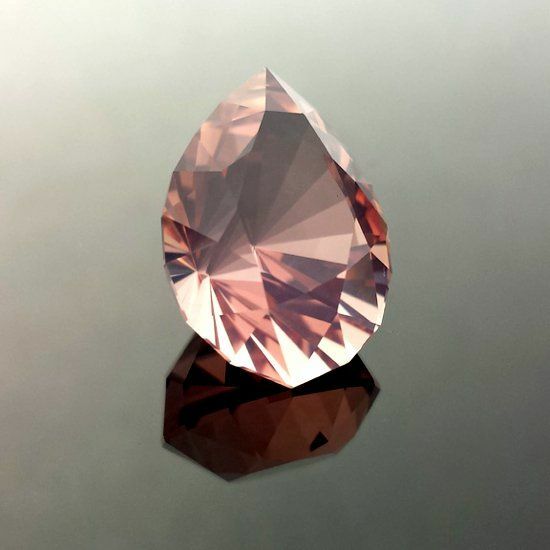
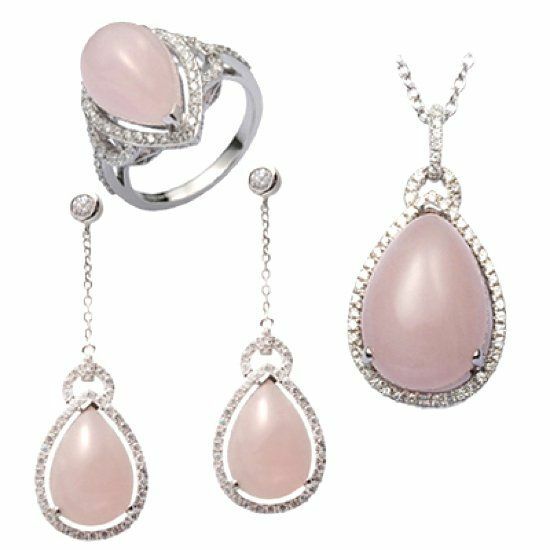
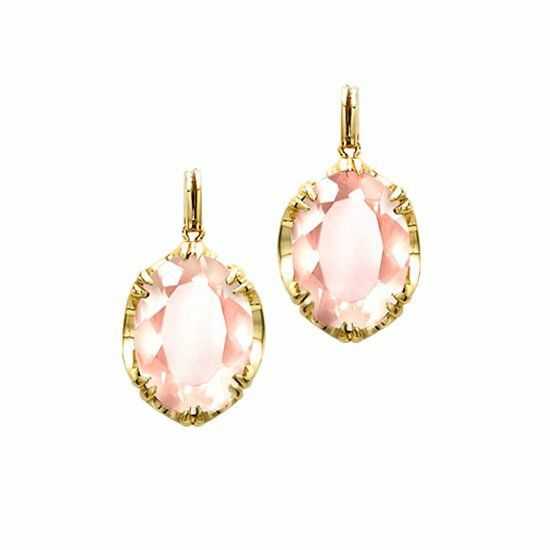
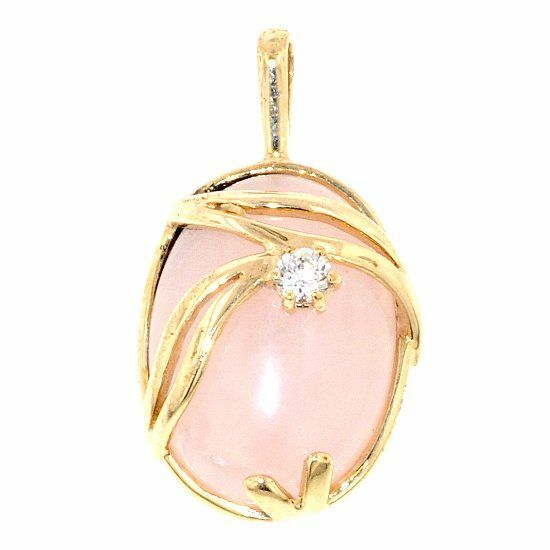
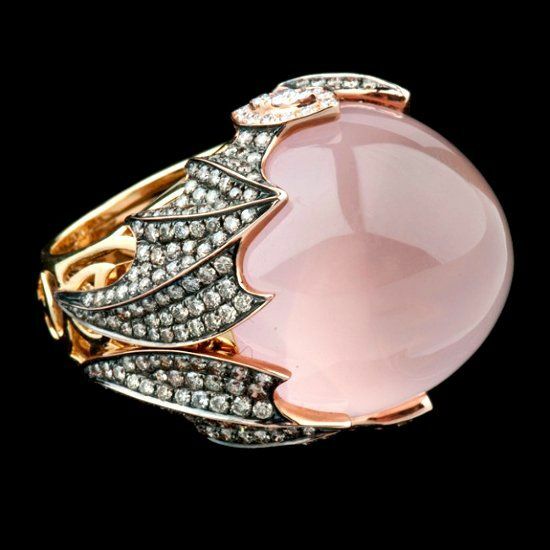
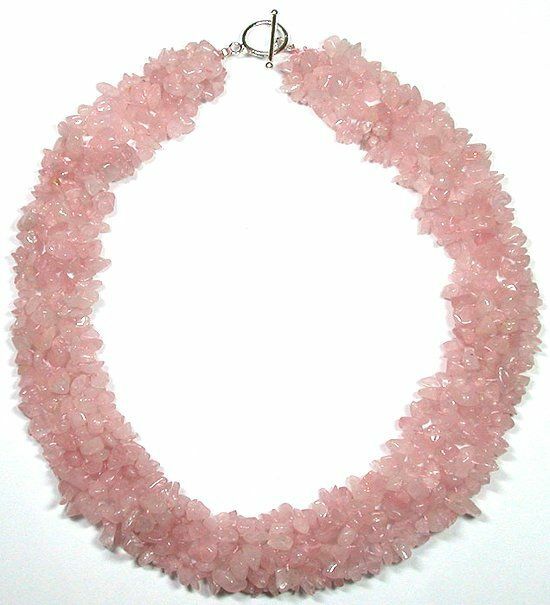
Nicholas, this is even more than a complete list of quartz: "but among the various types of quartz there are both semiprecious and even precious stones, because all the famous amethyst, aquamarine, agate, rock crystal, citrine, cat's eye andmany other popular jewelry stones refer specifically to quartz. "A variety of beryl of bluish-green hues is called aquamarine.

Thanks for the article, I hope this is a complete list of quartz stones.